Orange Shirt Day
"On this day of September 30th, we call upon humanity to listen with open ears to the stories of survivors and their families, and to remember those that didn’t make it."
- The Story of Orange Shirt Day, orangeshirtday.org
- The Story of Orange Shirt Day, orangeshirtday.org

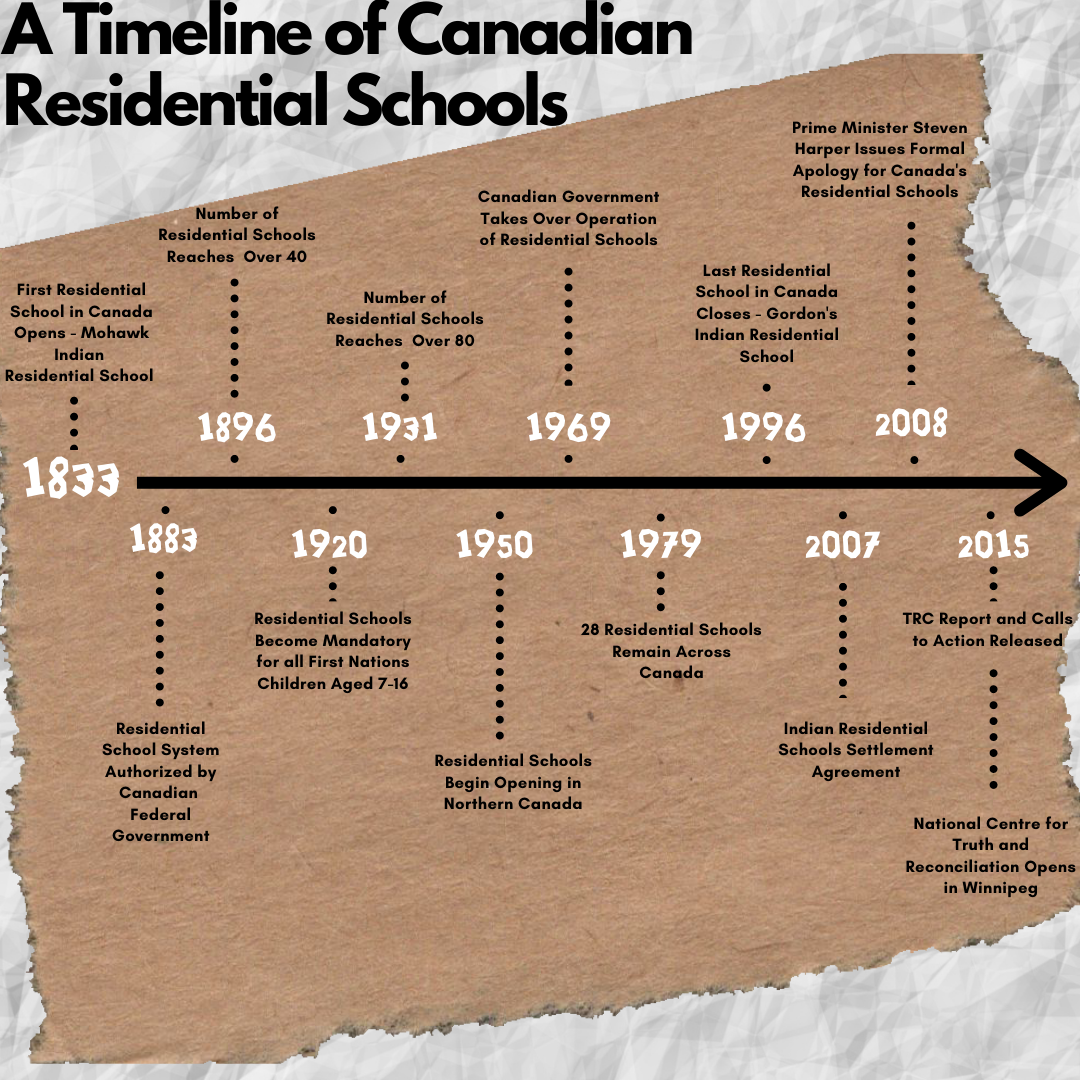
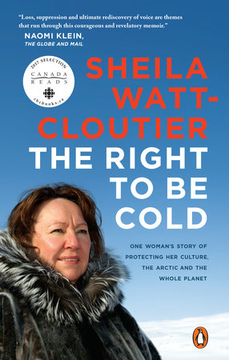
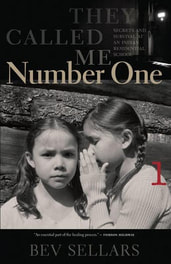
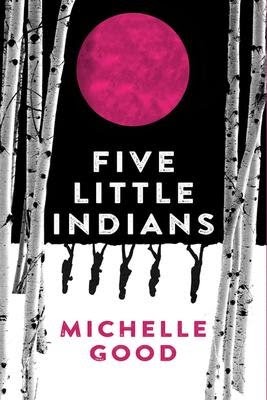
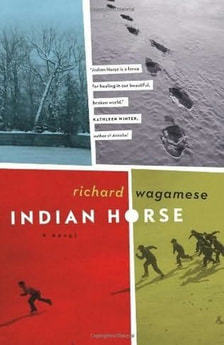
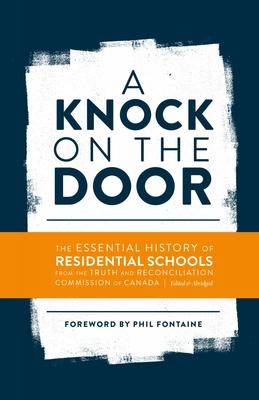
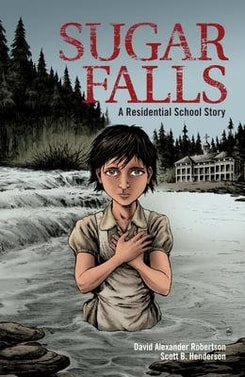
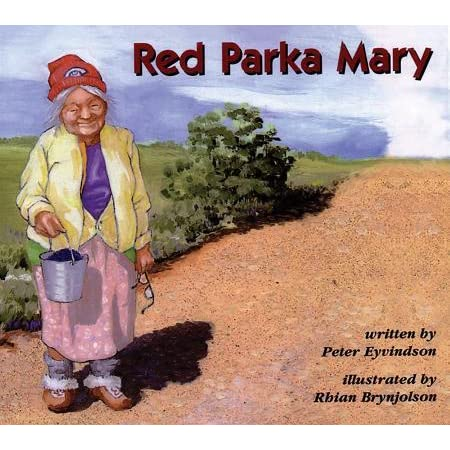
 RSS Feed
RSS Feed
